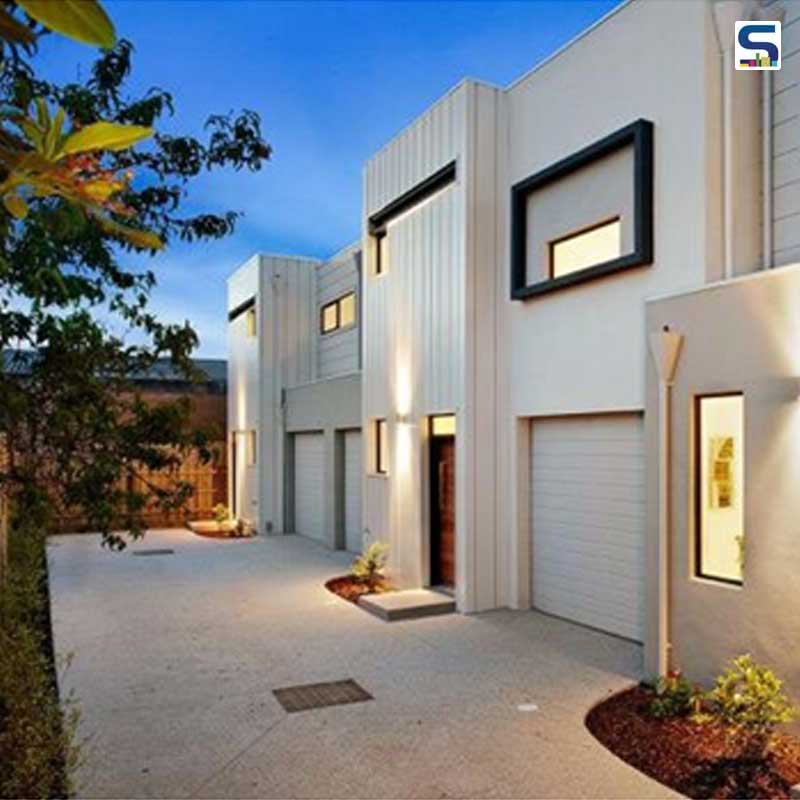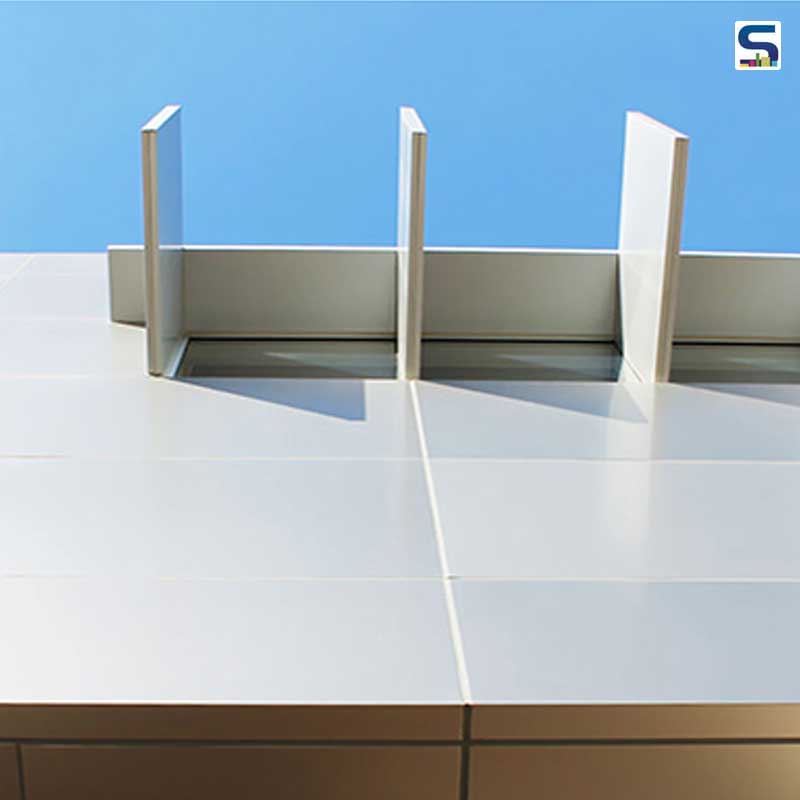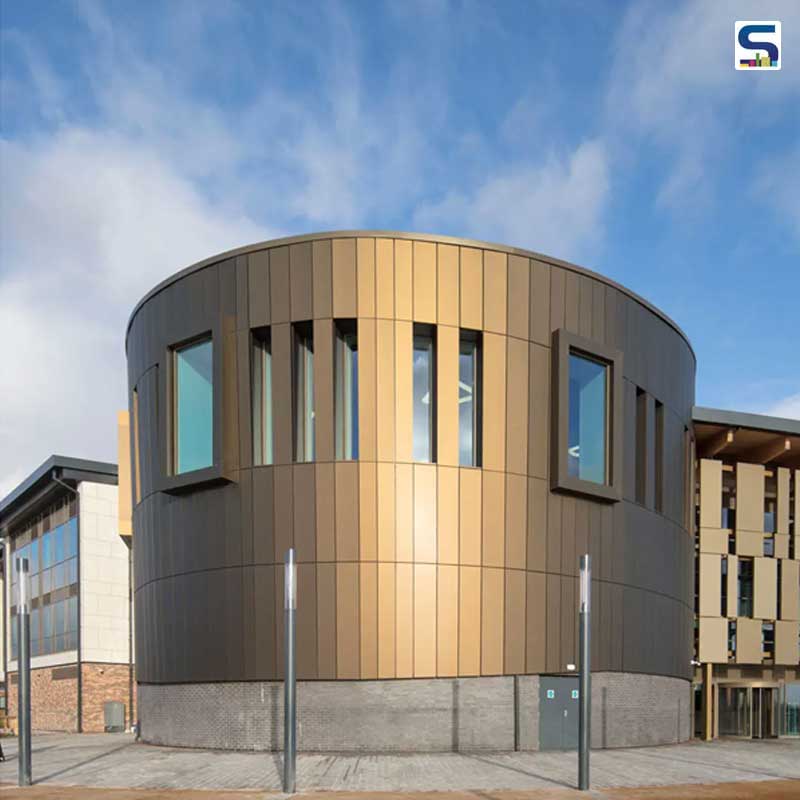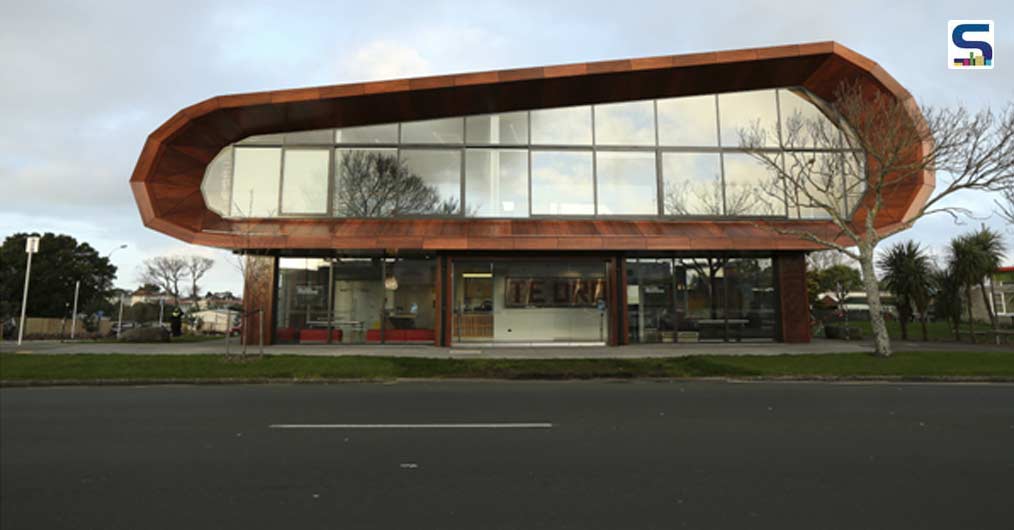
Aluminum Composite Panels have a fascinating past to themselves. These were developed to fulfill the demands of specific industries. The properties of ACP made it an ideal material. Over the years ACP has become an integral part of the architectural industry. Today ACP is most of the architecture’s choice for façade and cladding material. Surfaces Reporters takes you on a historical journey to learn about the history of Aluminum Composite Panels in depth.
The craze behind Aluminum Composite Panels: What Is It?
ACPs are stylish materials that add a contemporary touch to the buildings that use them. The materials are constructed using aluminum along with a core that imparts added stability to the material. It is interesting to note that Aluminum Composite Panels were initially designed for signage but were soon chosen for facade construction. A few of the special properties of ACP are lightweight, flexibility, durability, and versatility. The panels have the ideal ratio of strength and weight, transformation capacity that is ideal for curves, corners, and unusually shaped facades, low maintenance due to their resistance to rot, rust, and corrosion along with being durable to withstand inclement weather.

The story behind the innovation
Owing to the extraordinary properties of ACP its invention was to meet special requirements of the industries it was developed for. The initial production of the material was to meet the needs of the transportation industry. Soon it was realized that most of the features of the panels were useful for architectural projects. Slowly manufacturers started using cutting-edge technologies and equipment for faster development. The discovery of using ACP in construction material was finalized only in the 1980s. Over time the issue with the expansion and contraction of these products was resolved. Early researchers laid the foundation for the application of these panels in today’s construction industry.
The development of the panels started around the 1960s in Switzerland. Swiss researchers came up with the idea of combining aluminum alloy panels with other types of substances.
It was after significant research that they could confirm the production process of aluminum and low-density polyethylene composite panels. It was a decade later in 1969 when a German company officially launched and created ALUCOBOND, a brand to produce these materials for further projects.Alucobond® was the first brand and it was much later that other brands such as Reynobond, Alpolic, and Etalbond came into existence.
A big milestone for the material was when it reached China in the 1990s. The production growth took a considerable leap from then. The material was utilized extensively from there on, for production technologies, and application fields. Towards the 2000s the versatile material of ACM gained worldwide attention.

Europe is also the continent that devised the rules for the certification process along with revision for the construction of facade products and installation procedures. Since aluminum composite panels are different from the traditional cladding materials, most governments make these tests mandatory along with a full range of applications technical manuals, including raw material specifications, manufacturing, and overall performance.
Initially, The composition of ACPS remained the same although it might have been marketed under various brand names. In one accident, the flammable core material led to a fire in a high-rise building. It was then that the development of flame-retardant and non-combustible core materials happened. Nowadays, ACPS are available to fit various functions for which they are developed using different types of coatings such as polyester (PE), fluorocarbon (PVDF), FEVE resin, etc. In 2000 National Building Materials Industry Aluminum-plastic Composites Product Quality Supervision and Testing Center” was established. This was followed by the China Building Materials Industry Association Aluminum Plastic Composites Branch in 2002 and “Aluminum-plastic composite board for printing technical books on the material.

Conclusion
Aluminum Composite Panels are a well-researched material that has superior qualities, making them an important material for building facades. The extension of the application can be seen in container construction, internal partitions, wall coverings, trade show structures, curved fascias as well as machine coverings.